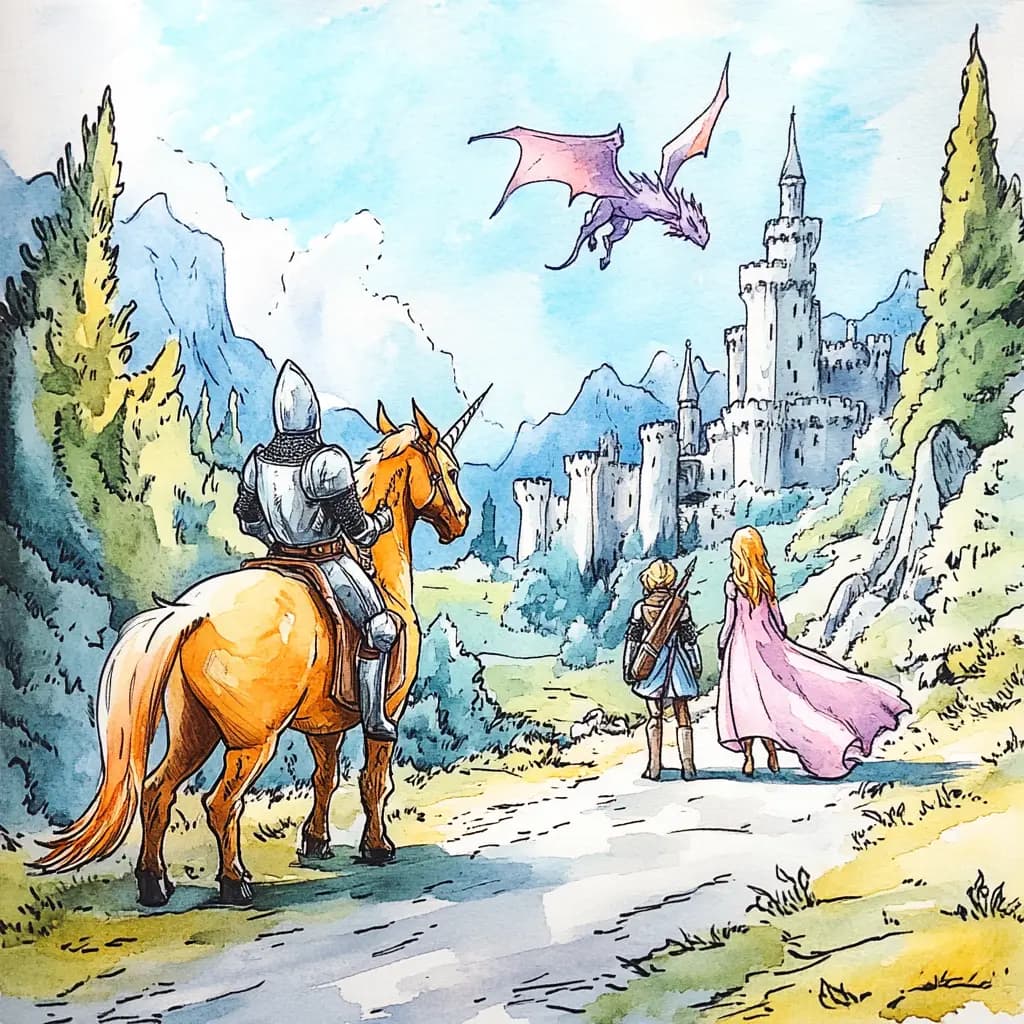Parents play a huge role in how effective any educational app becomes. The good news: a research‑backed approach makes it simple to help your child get more from Andraly in just a few minutes a day.
This guide draws on recommendations synthesized in the article “A Research‑Backed Guide to Educational Apps for Children” (Psychology Today, Parenting Translator) and shows how those ideas map to Andraly’s story‑building experience.
Why co‑use matters
Research on children’s media use consistently finds that learning is stronger when a caring adult is present and engaged. Co‑use helps kids:
- Practice language through back‑and‑forth conversation
- Explain their thinking (metacognition) and make choices deliberately
- Connect new ideas to what they already know
- Build persistence by getting gentle guidance rather than quick answers
In Andraly, kids make choices that affect characters, settings, and outcomes. Your presence turns each choice into a mini‑lesson in reasoning, vocabulary, emotion, and reading.
Research principles → What this looks like in Andraly
- High‑quality language input → Read the text aloud together sometimes, or use narration and then re‑read a sentence yourself. Pause to define interesting words in kid‑friendly ways.
- Active, minds‑on engagement → Ask your child to predict what might happen, choose a path, or justify a decision. Andraly’s branching stories are built for this.
- Social interaction → Take turns reading lines of dialogue, or trade off who makes the next plot decision. Invite siblings to be “character coaches.”
- Repetition with variation → Revisit a favorite story seed and try different choices. Compare endings, notice how cause → effect changes.
- Scaffolding just beyond current skill → Offer two or three options, each with a short reason, and let your child decide. If they’re stuck, narrow choices or rephrase the question.
Simple roles you can play (pick one per session)
- The Curious Reader: Sit beside your child. Ask “why” and “what if” questions while reading together.
- The Word Builder: Pause on an interesting word. Ask your child to explain it, then provide a quick, friendly definition and 1–2 examples.
- The Choice Coach: Before tapping, ask: “What could happen if we pick this?” After the choice, ask: “Did it match what we thought?”
- The Feelings Guide: When characters face problems, ask: “How do they feel right now? Why? What could help?”
- The Connector: Tie story events to your child’s world: “This reminds me of the time we… What’s similar? What’s different?”
Conversation starters you can reuse
- “What surprised you in this part?”
- “What’s your prediction for the next scene?”
- “Why do you think the character did that?”
- “If we choose X, what might go wrong? What might go right?”
- “Which word here is new or interesting? Let’s use it in our own sentence.”
Andraly features to leverage
- Choice‑driven stories: Decisions create natural moments for prediction, planning, and reflection.
- Built‑in narration: Great for modeling fluent reading and then echo‑reading a sentence together. You can adjust narrator speed in Settings to match your child’s comfort.
- Comprehension moments: When a simple yes/no or quick check appears, let your child answer first—then talk about why.
- Replay different endings: Re‑tell the same story with a new path and compare outcomes to strengthen cause‑and‑effect thinking.
Set up a 10–15 minute routine
- Pick a calm time (after snack, before bedtime)
- Choose 1–2 roles from above (e.g., Choice Coach + Word Builder)
- Do one story section and stop while it’s still fun
- Capture one new word or idea on a sticky note or in a family notebook
Consistency beats length—short, high‑quality sessions add up.
Tips for different ages
- Early readers: Lean on narration; echo short sentences; celebrate sound‑it‑out moments.
- Developing readers: Alternate reading lines; ask prediction questions; keep choices child‑led.
- Confident readers: Nudge for deeper reasons (“What evidence do you have?”) and richer vocabulary.
Accessibility and comfort
Every family is different. If your child benefits from lower motion or higher contrast, Andraly respects system preferences. You can also slow narration speed, and keep sessions tactile (pointing to words/choices) without overwhelming the screen.
What “success” looks like
- Your child is excited to come back tomorrow
- They can explain a choice or use a new word later that day
- You both laugh at a shared moment—the story becomes a relationship tool, not just a screen
Quick checklist for parents
- Sit together, at least for the first few minutes
- Read some text aloud—even when narration is on
- Ask one prediction question and one “why” question
- Let your child make the final choice
- Revisit a path and compare outcomes
When parents and kids co‑use Andraly, stories turn into powerful, joyful literacy practice grounded in research—and anchored in your relationship.
References
- Parenting Translator (Psychology Today). A Research‑Backed Guide to Educational Apps for Children. https://www.psychologytoday.com/us/blog/parenting-translator/202203/research-backed-guide-educational-apps-children
